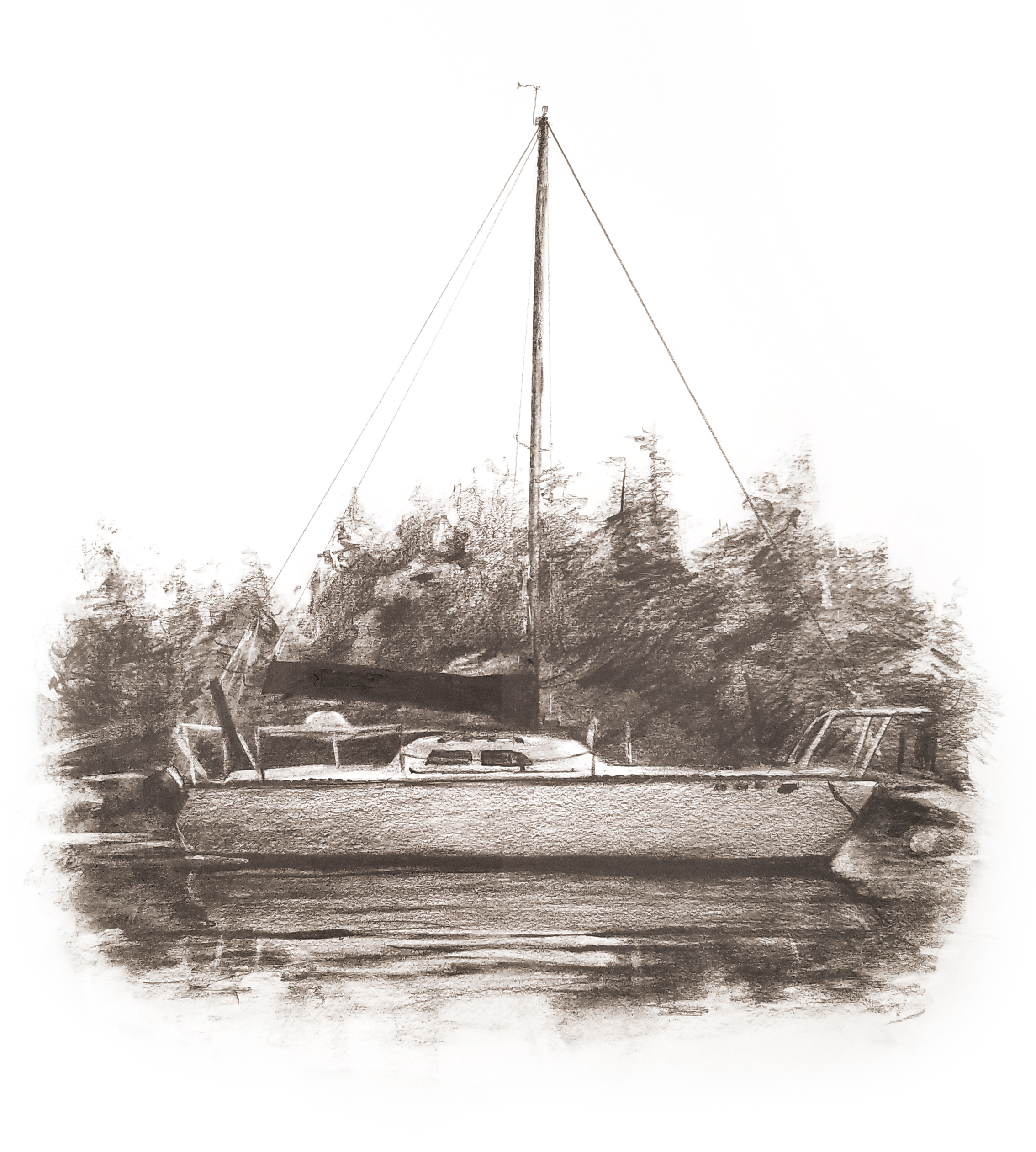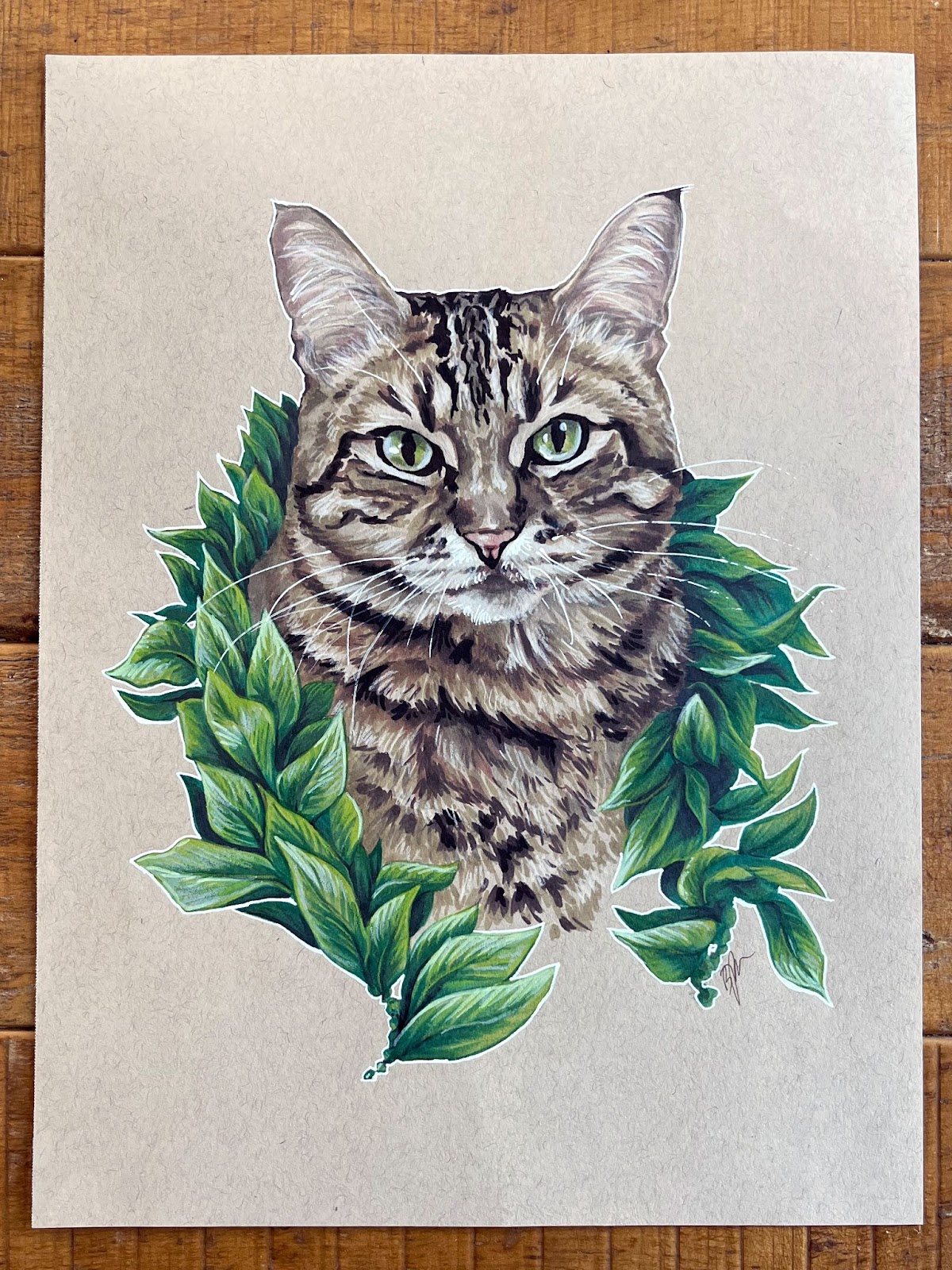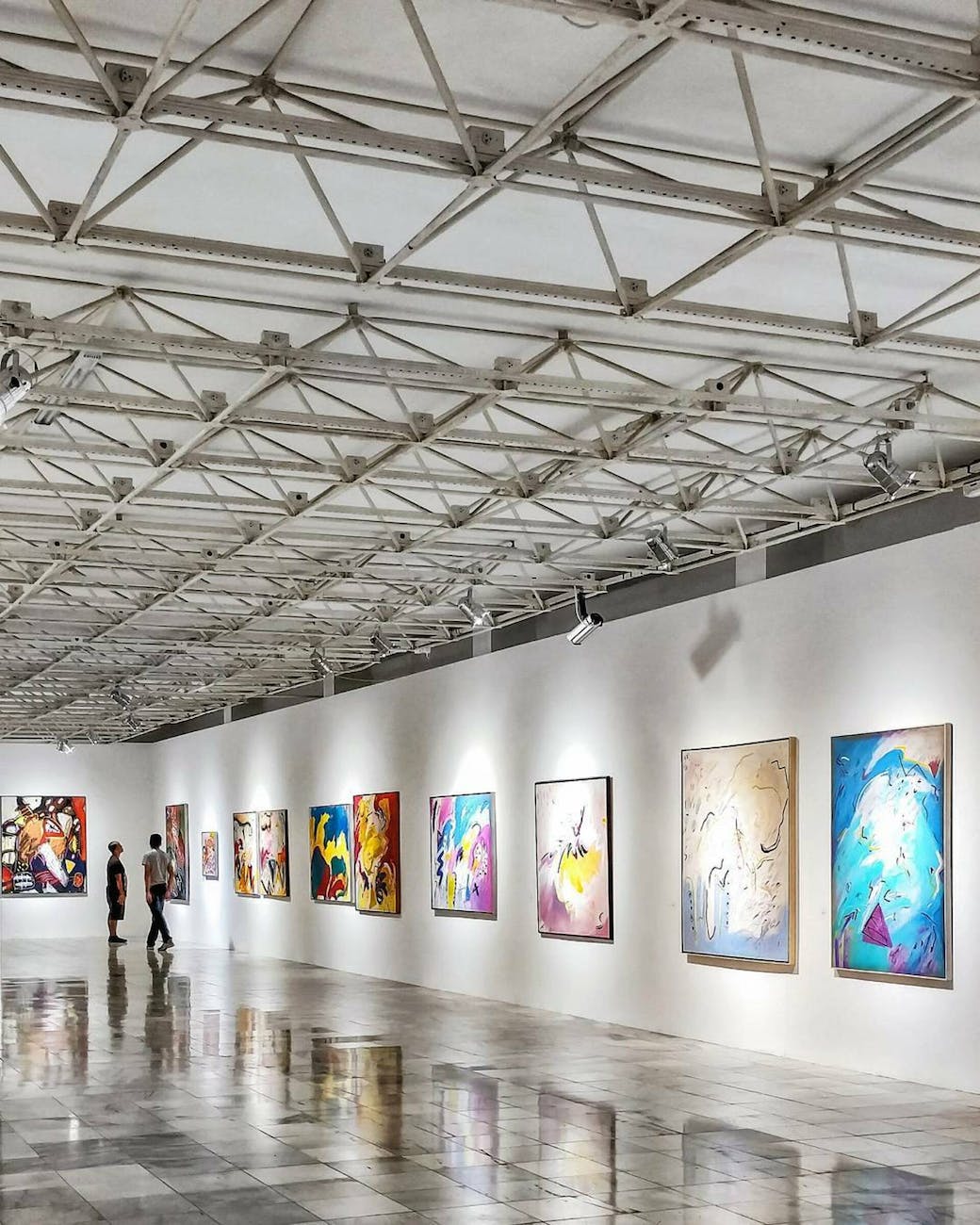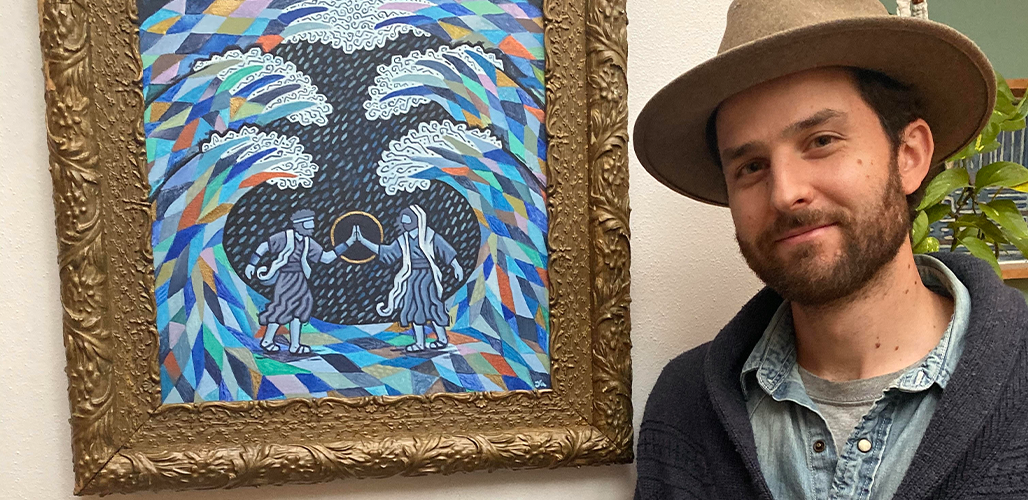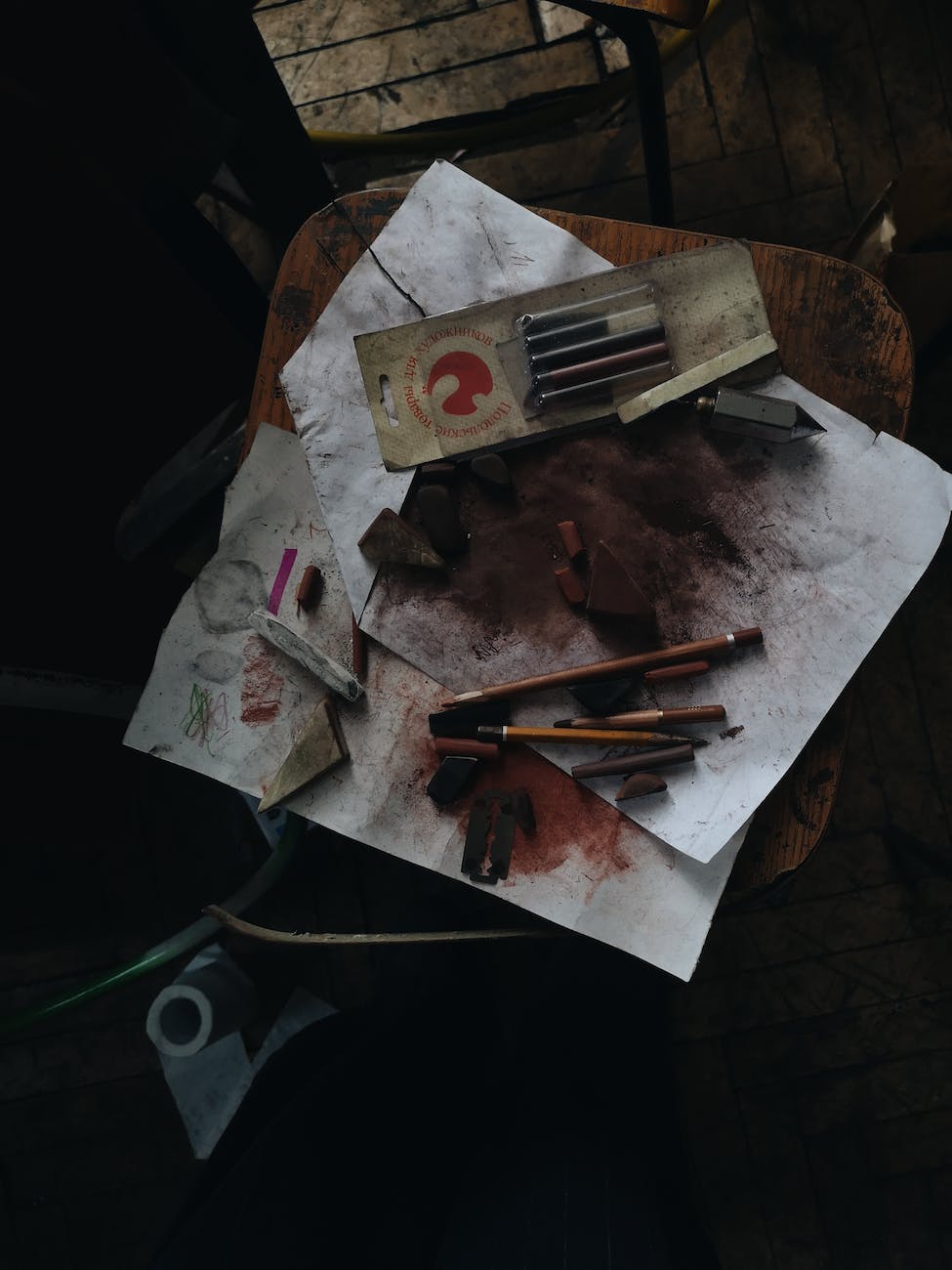
A fixative is designed to enable artists to lose the least amount of their work, especially when it is important to conserve as much as possible. Let’s explore more how fixatives for charcoal, pencil, and chalk can help or hurt our art.
Why Would You Use Fixatives for Charcoal, Pencil, and Chalk
Our art is precious to us. It represents our thoughts, emotions, and interests, directly from our hand. Drawings are a great way to create and express ourselves. They also allow us to study objects, develop beautiful scenes, and make wall art that suit us, our friends, or our customers.
The last thing we want is for our art to be compromised in its quality and ruined by smudging, flaking, or smearing. Chalk and charcoal in particular are very prone to being disrupted, with particles falling at the smallest bump or movement. Even blowing on powdery charcoal can make it fly everywhere.
What is a Fixative, Exactly?
A fixative comes in a spray can that projects a type of varnish which affixes particles together, sort of like a very thin and invisible glue. Fixatives are meant to be as unnoticed as possible, designed for easy use and no hassles. They are not meant to add to artwork, but to be applied as an invisible aid to the artist.
There are two types of fixatives. One is a workable fixative, the other is a final fixative. They each have their own place, but some artists might want to rely only on one.
Workable Fixative
A workable fixative is meant to be used throughout an artist’s process. The fixative itself is applied between layers of drawing. This helps the artist make changes throughout their practice, without disturbing or disrupting the charcoal, pencil, or chalk. The fixative itself can help accept the medium, acting as a sort of invisible ground that holds the particles to itself.
Final Fixative (non-workable)
A final fixative is meant to hold a drawing together at the end, without further work being done on top of it. Some artists just use a workable fixative throughout and ignore a final fixative, as it might feel redundant. A final fixative, however, can bring an overall harmonious quality to the end product, whether the artist wants a satin or matte finish to interact with light in a consistent way.
Which Do You Choose?
This comes down to the preference of the artist and their working methods. By reading how fixatives work you might get a sense of how you could use them. Just be sure to understand that a final fixative will not work well as an in-between layer of protection. It is meant to be final.
Cons of Using Fixatives for Charcoal, Pencil, and Chalk
The most common frustration for artists when it comes to using fixatives for charcoal, pencil, and chalk is a change in coloring of the paper. When you spray the paper with the fixative, it does alter the way the paper looks, even if only slightly. That might be enough to bother some artists.
However, some of this may be due to faulty use. While there will probably be some change in the color that is unavoidable, there are good practices to prevent it from being overwhelming. Make sure to have the artwork at a vertical angle, not on its back. Otherwise, puddling and oversaturation can happen, making the color-changing worse.
Another thing that may affect coloring is holding the can too close when spraying the surface. This results in a heavy spray, without much finesse and control. Make sure to hold the can far enough away to prevent this from happening. Starting with a small amount helps. Testing on scrap paper also gives you more clarity as to the effect the spray will have on the paper.
Alternatives to Fixatives
Even with practice and a good understanding of fixatives, some artists will not like using them. There are some other solutions that can make for successful drawings and displays.
Paper Choice
First, starting with a paper that has a lot of “tooth” can help from the get-go. This won’t prevent all issues, but it can make things easier from the start. Choosing a paper with texture will help the particles of charcoal, graphite, or chalk remain embedded in the fibers of the surface. This helps the drawing stay together when the paper is moved or jossled, but won’t always help with smearing or smudging.
Framing Behind Glass
While putting the artwork behind glass isn’t a perfect fix in its own right, thinking about the distance you can put between the glass and artwork with matboard helps display the art without problems. Choose a thick matboard to frame around the art and make sure to clean the glass before framing, on both sides. Cleaning the glass with cleaner reduces static, which might interact with the drawing.
Hairspray, a No-No
Do not use hairspray to affix a drawing. In the past, this was something artists did if they didn’t have fixative handy. However, it is harmful to the paper and not acid-free. Avoid it.
In Summary
Fixatives for charcoal, pencil, and chalk are a mixed bag. However, with the proper methods you may end up happier using them than foregoing them. This is especially true if you find yourself frustrated by your drawings smudging or smearing or losing delicate powdery parts.
Ultimately, you are going to have to decide what is most important to you. As technology improves, I’m sure there will be better options eventually, but for now we have to decide based on our own preferences.
Charcoal Supplies at Dick Blick
Fixative Supplies at Dick Blick
Interested in Learning a Painting Medium? Read This First
Need More Help?
I am always open to taking on private lesson students. I offer one free half-hour to get an idea of what your goals are and how we can get you to them. Then I design a specific lesson plan for you and we go from there. You can hire me for your personal lessons here at SuperProf or here at LessonFace.

